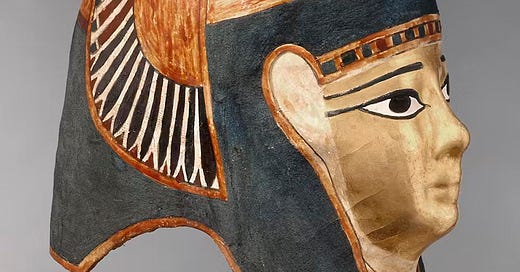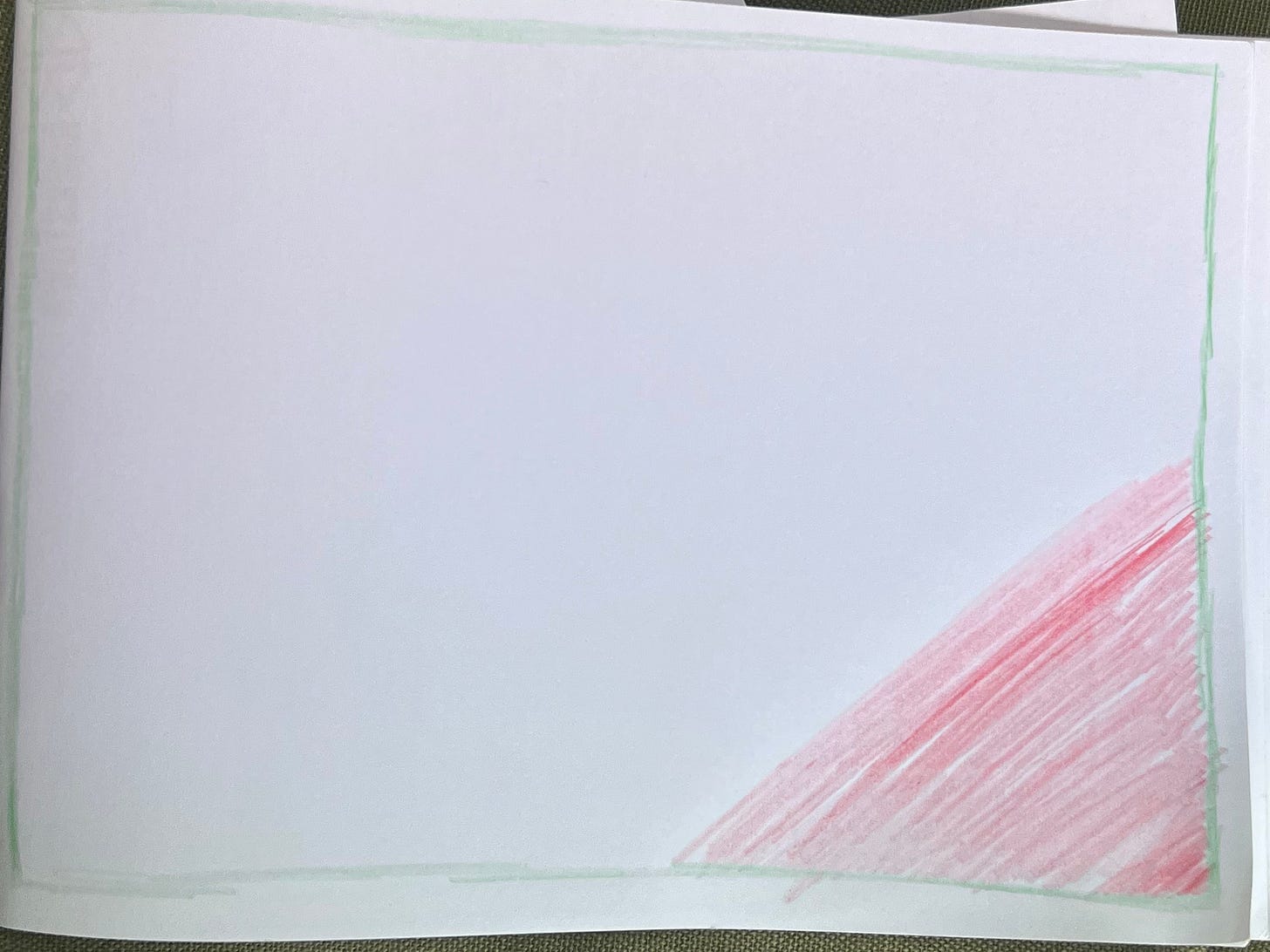An Open Book
One of the most effective ways to do shadow work is by journaling. Here is the beginning of mine. Raw and all.
S (14) comes into therapy feeling anxious and disconnected from her peers. She admits to struggling with sudden anger and feelings of numbness. During our first session, we discuss the concept of the shadow self: the parts of us we hide or reject because they feel uncomfortable or don’t align with how we want to be seen.
I ask S to draw a mask. On the outside, she writes the qualities she shows the world: calm, funny, responsible. On the inside, she writes the feelings she hides: anger, fear, sadness. She hesitates but eventually says, "I don’t like feeling scared—it makes me weak."
We explore how her family’s messages about emotions made her believe fear equals weakness. I gently explain that fear is a normal human experience and doesn’t define her strength.
Anger, fear, sadness.
These were the emotions I struggled to identify, understand, express, and accept while growing up.
I remember the first time I really confronted my anger. Honestly, I wasn’t even sure I had any—which, ironically, was the point. My supervisor guided me through an activity I still use with clients in shadow work today: Choose your favorite colour and draw a border on a piece of paper; this is your safe space. Now, pick a colour you associate with anger. Naturally, I chose red.
Think about the things that frustrate or anger you, she instructed. Then give yourself 90 seconds to draw your anger. It didn’t have to be a picture; it could be scribbles, scratches, even stabbing the paper—whatever felt right.
Here’s a reenactment of my masterpiece:
Trust me, I didn’t know what this was either. I was cautious not to cross the lines of my safe space. I scribbled fast and kept going over the same spots again and again, creating deep, chaotic lines.
My supervisor’s observation? "Your anger feels careful, quick, and circular."
Damn. She didn’t need to call me out like that.
The truth is, I believed anger made me weak. I grew up witnessing how a fleeting moment of anger could hurt someone—whether through words or actions. Anger scared me. And because it scared me, I thought that made me weak.
“You keep your anger pushed aside, but see all this white space? You have more space to express your anger, you’re just scared.”
Damn x2. I did not realise that’s what I was doing. But this is where shadow work comes in. It helps us face these hidden pushed-aside parts of ourselves—the emotions we've been taught to fear or suppress. By bringing them into the light, we can understand their origins, integrate them into our identity, and ultimately, heal. Shadow work isn’t about eliminating these emotions; it’s about accepting and learning from them so they no longer control us.
Growing up in an immigrant family as a first-generation Australian, there were a lot of mixed signals about how anger should be expressed. The Aussie culture around me taught me that it’s normal to express your anger, whether physically or verbally. I can’t say "normal" is the right word here, though, because there were always negative effects or concerning statistics that followed.
The Egyptian culture I grew up with painted a different picture. Anger seemed both allowed and suppressed at the same time. It was acceptable in certain moments, often expressed with intensity, yet discouraged when it came to personal vulnerability. You can see where my confusion about anger comes from.
I spent years trying to reconcile these contrasting messages. Was anger something to be released or repressed? Through shadow work, I discovered that it wasn’t about choosing one cultural narrative over the other; it was about understanding my own relationship with anger. I had to unlearn the fear that anger made me weak and relearn that it was simply a signal—a message from within that deserved attention, not suppression.
So, after all these epiphanies and realisations, now what?
This is where my experience meets my practice. When I sit with clients who are scared of their own anger, who feel guilty for experiencing it, I gently explain that fear is a normal human experience and doesn’t define their strength.
I guess that’s where my supportive line to S came from. Experience. Lived, confusing, sometimes overwhelming experience that taught me that even the most uncomfortable emotions can lead us toward healing if we let them.
Till next time x




